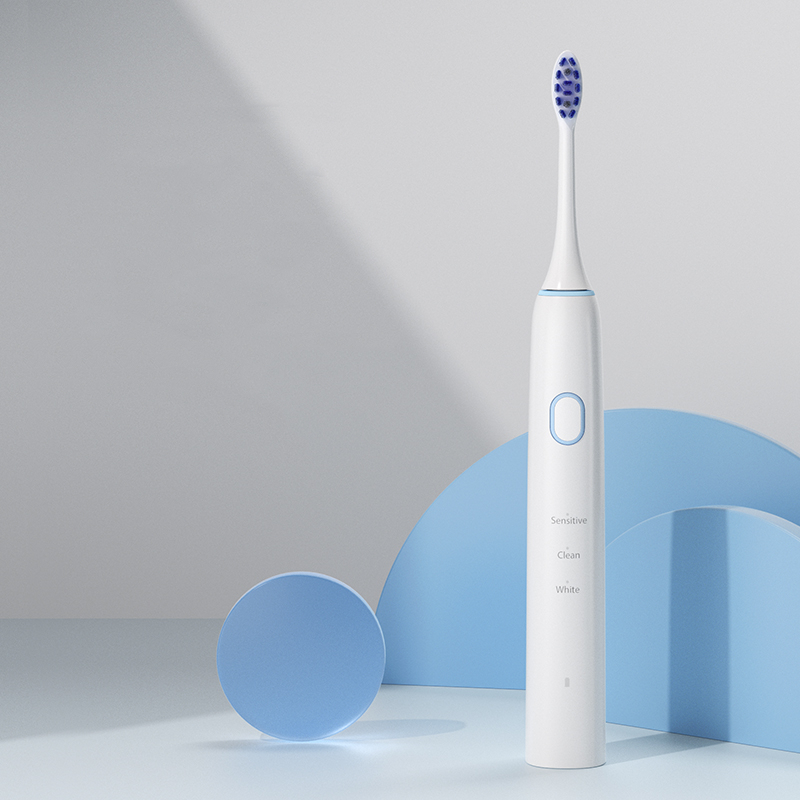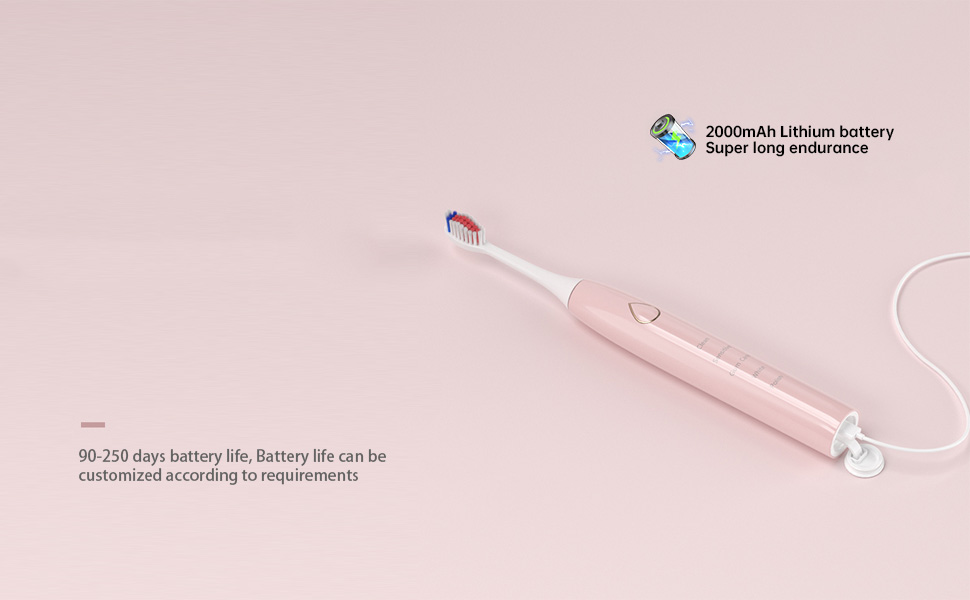In today’s rapidly expanding smart personal care market, brush heads are no longer just mechanical consumables—they’ve become key touchpoints connecting brands and users, driving repeat purchases, and enabling valuable data services. This article, aimed at B2B manufacturers and OEM/ODM decision-makers, explores how Manhattan replacement heads can seamlessly integrate with NYC app connectivity, covering the technical pathway, design requirements, and commercial opportunities.
Consumer expectations for “smart + convenient” experiences are pushing replacement heads to evolve from simple physical parts into data-driven service entry points. In dense urban markets like Manhattan, users are willing to pay for automated reminders, personalized replacement suggestions, and enhanced oral care tracking.
By combining Manhattan replacement heads with NYC app connectivity, brands can:
Key takeaway: Better user retention → Data-driven replenishment and marketing → Reduced after-sales costs.
Hardware compatibility is the foundation for any sync feature. To make Manhattan replacement heads work with NYC app connectivity, consider:
Transition note: Reliable identification is the first step before any data can be synced with the app.
The sync process depends heavily on firmware and communication protocol design. A layered approach works best:
Security tip: Always encrypt transmissions (e.g., BLE pairing + TLS) and validate head IDs to prevent counterfeit accessories from entering the ecosystem.
Additionally, firmware should support OTA updates to allow anti-counterfeit logic and sync features to evolve over time, ensuring NYC app connectivity remains stable.
From a B2B perspective, the app interface plays a huge role in customer satisfaction:
A smooth NYC app connectivity experience turns one-time head sales into a long-term service revenue stream.
For manufacturers, execution determines commercial viability:
Technical readiness and operational capability must be built together for a scalable launch.
Once technical and operational readiness is achieving, manufacturers can monetize in multiple ways:
Recommendation: Start with a pilot launch in Manhattan to fine-tune Manhattan replacement heads + NYC app connectivity integration, then expand to other cities.
To successfully implement the “smart replacement head + app” model, manufacturers should:
By mastering both Manhattan replacement heads hardware design and NYC app connectivity integration, B2B manufacturers can set themselves apart in the connected personal care market.
If you want, I can now create a full technical specification draft including head ID formats, BLE service UUIDs, app data fields, and cloud API examples for immediate developer use. Contact us
.jpg)
.jpg)
.jpg)
Florida replacement heads at Tampa store toothbrush — cheap, or simply well-engineered value?

Sustainable Electric Toothbrush Manufacturers: Eco-Friendly Materials & Recycling
California Water Flosser: Advanced Factory Solutions

College Student-Friendly Electric Toothbrush Features – Budget OEM Designs
top toothbrush brands
Wholesale Electric Toothbrush San Antonio – Affordable Oral Care for Businesses
.jpg)
Can California pressure sensor tech power an LA affordable toothbrush? A B2B roadmap

Long-Trip Electric Toothbrush Manufacturers – Extended Battery Life Solutions
1-scaled.jpg)
Texas sensitive gums — do they pair well with the Austin eco toothbrush?

Compact Electric Toothbrush Design: Key Features for Travel & Minimalist OEMs
Boston Electric Toothbrush for Sensitive Gums: Gentle Yet Powerful

Where to buy NYC eco toothbrush? Brooklyn toothbrush store locations!

High-Flexibility Electric Toothbrush OEMs: Customization for Diverse Demographics

sonic electric toothbrush San Antonio
.jpg)
Queens toothbrush store — should it honor Long Island deals? A B2B Playbook for Seamless Cross-Borough Promotions
.jpg)
Best Electric Toothbrush for Sensitive Teeth in New York?

Private Label Whitening Gel

electric toothbrush heads Ultra Soft

electric toothbrush heads Charcoal Infuse-Round

Electric toothbrush heads Charcoal Infused-Diamond

Customization Teeth Whitening Gel

electric toothbrush heads Deep Clean

electric toothbrush heads Regular Clean
.jpg)
Florida Electric Toothbrush – Powsmart PTR-C8
whstapp
whstapp
National Toll-Free Service Hotline
+86 755 86238638